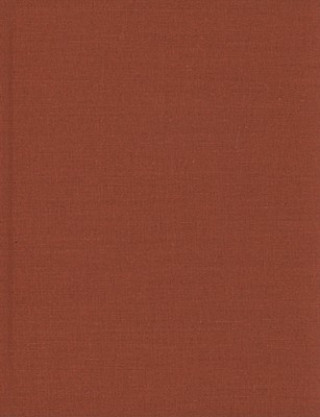
Kód: 04938859
Art for a Modern India, 1947-1980
Autor Rebecca M. Brown
In the process of creating modern art following India's independence in 1947, Indian artists faced a paradox as they sought to maintain a local idiom, an 'Indianness' representative of their newly independent nation, while connect ... celý popis
- Jazyk:
 Angličtina
Angličtina - Väzba: Pevná
- Počet strán: 224
Nakladateľ: Duke University Press, 2009
- Viac informácií o knihe

112.80 €
Bežne: 125.30 €
Ušetríte 12.50 €

Skladom u dodávateľa v malom množstve
Odosielame za 14 - 18 dní
Potrebujete viac kusov?Ak máte záujem o viac kusov, preverte, prosím, najprv dostupnosť titulu na našej zákazníckej podpore.
Pridať medzi želanie
Mohlo by sa vám tiež páčiť
-
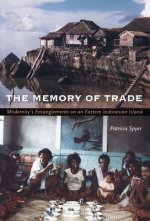
Memory of Trade
37.90 € -
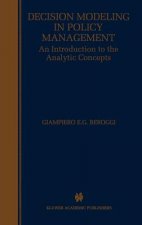
Decision Modeling in Policy Management
122.71 € -

More Quality Circle Time
27.88 € -18 % -
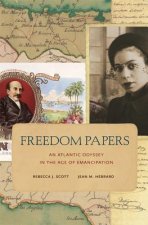
Freedom Papers
27.07 € -
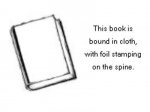
Economic Person
160.21 € -

Bad Pastors
38.31 € -

New Perspectives on Racial Identity Development
110.24 €
Darčekový poukaz: Radosť zaručená
- Darujte poukaz v ľubovoľnej hodnote, a my sa postaráme o zvyšok.
- Poukaz sa vzťahuje na všetky produkty v našej ponuke.
- Elektronický poukaz si vytlačíte z e-mailu a môžete ho ihneď darovať.
- Platnosť poukazu je 12 mesiacov od dátumu vystavenia.
Viac informácií o knihe Art for a Modern India, 1947-1980
Nákupom získate 279 bodov
 Anotácia knihy
Anotácia knihy
In the process of creating modern art following India's independence in 1947, Indian artists faced a paradox as they sought to maintain a local idiom, an 'Indianness' representative of their newly independent nation, while connecting to modernism, an aesthetic then understood as universal and Western. They depicted India's pre-colonial past while embracing aspects of modernism's rejection of the past in pursuit of the new, and they challenged the West's dismissal of non-Western places and cultures as 'not modern', as sources of primitivist imagery but not of modernist artworks. Highlighting these paradoxes, Rebecca M. Brown explores the emergence of a self-conscious Indian modernism - in painting, drawing, sculpture, architecture, film, and photography - in the years between independence and 1980, by which time the Indian art scene had changed significantly and postcolonial discourse had begun to complicate mid-century ideas of nationalism. Through close analyses of specific objects of art and design, Brown describes how Indian artists engaged with questions of authenticity, iconicity, narrative, urbanization, and science and technology. In his acclaimed Apu trilogy (1955-59), the filmmaker Satyajit Ray presented the rural Indian village as a socially complex space rather than as the idealized site of 'authentic India'. The painter Bhupen Khakhar reworked Indian folk idioms and borrowed iconic images from calendar prints in his paintings of urban dwellers such as "Man with Bouquet of Plastic Flowers" (1976). In planning the Ashok Hotel and the Vigyan Bhavan conference centre in New Delhi during the 1950s, Indian architects developed a revivalist style of bold architectural gestures anchored in India's past. Discussing these works of art and design along with others, Brown chronicles the mid-twentieth-century trajectory of India's modern visual culture.
 Parametre knihy
Parametre knihy
Zaradenie knihy Knihy po anglicky The arts History of art / art & design styles Art styles not defined by date
112.80 €
- Celý názov: Art for a Modern India, 1947-1980
- Autor: Rebecca M. Brown
- Jazyk:
 Angličtina
Angličtina - Väzba: Pevná
- Počet strán: 224
- EAN: 9780822343554
- ISBN: 082234355X
- ID: 04938859
- Nakladateľ: Duke University Press
- Hmotnosť: 590 g
- Rozmery: 218 × 175 × 23 mm
- Dátum vydania: 17. March 2009
Obľúbené z iného súdka
-
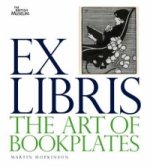
Ex Libris
10.41 € -28 % -
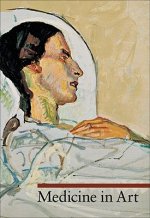
Medicine in Art
29.83 € -10 % -
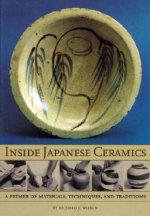
Inside Japanese Ceramics
30.13 € -16 % -
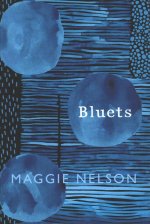
Bluets
14.40 € -17 % -
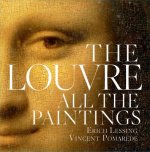
Louvre: All The Paintings
62.22 € -18 % -
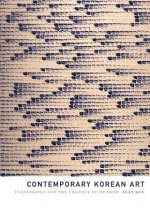
Contemporary Korean Art
39.23 € -4 % -

On Weaving
51.80 € -12 % -

Beautiful Fighting Girl
24 € -10 % -
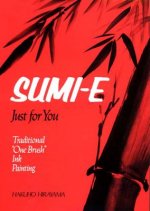
Sumi-e Just For You: Traditional One Brush Ink Painting
24 € -20 % -

Bark Canoes and Skin Boats of Northern Eurasia
51.69 € -
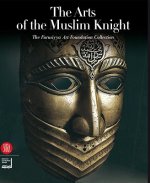
Arts of the Muslim Knight
96.04 € -
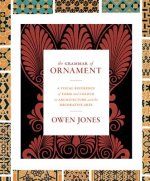
Grammar of Ornament
39.53 € -19 % -
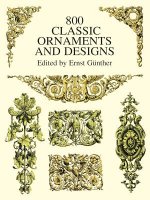
800 Classic Ornaments and Designs
14.30 € -21 % -
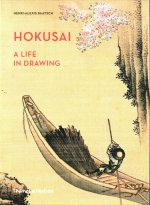
Hokusai
27.58 € -22 % -

Skateboard Art of Jim Phillips
26.66 € -14 % -

Shunga
48.63 € -23 % -

Hokusai
12.97 € -21 % -
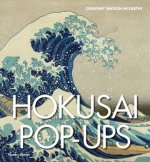
Hokusai Pop-ups
27.27 € -23 % -

Sumi-e
32.69 € -20 % -
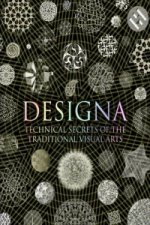
Designa
22.88 € -19 % -
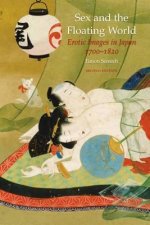
Sex and the Floating World
35.65 € -
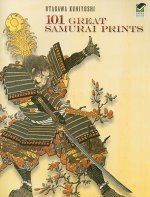
101 Great Samurai Prints
22.67 € -6 % -
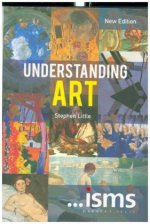
Understanding Art
11.43 € -28 % -
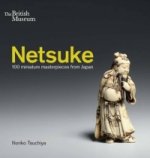
Netsuke
15.42 € -28 % -

Unknown Craftsman, The: A Japanese Insight Into Beauty
27.88 € -23 % -

50 Paintings You Should Know
15.21 € -28 % -
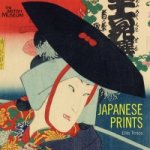
Japanese Prints
15.42 € -28 % -
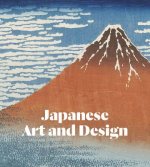
Japanese Art and Design
33.10 € -28 % -
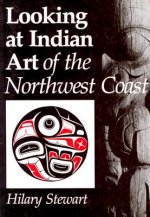
Looking at Indian Art of the Northwest Coast
14.19 € -26 % -
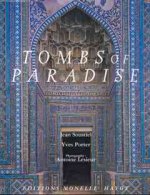
Tombs of Paradise: The Shah-E Zende in Samarkand and Architectural Ceramics of Central Asia
59.87 € -
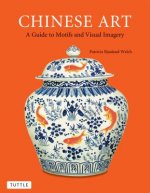
Chinese Art
28.91 € -20 % -
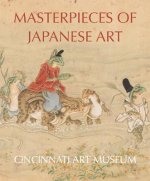
Masterpieces of Japanese Art: Cincinati Art Museum
45.36 € -18 % -
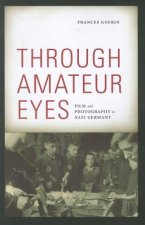
Through Amateur Eyes
32.28 € -10 % -

World Rock Art
34.63 € -10 % -
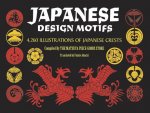
Japanese Design Motifs
23.08 € -25 % -
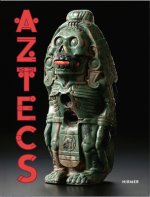
Aztecs
34.32 € -9 % -
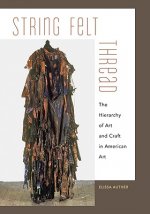
String, Felt, Thread
34.63 € -10 % -
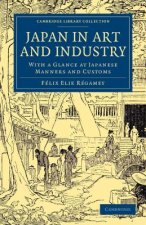
Japan in Art and Industry
59.05 € -

The Adorable Circle of Life Adult Coloring Book
8.78 € -23 % -
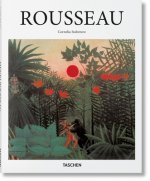
Rousseau
15.62 € -27 % -

Hokusai
52.31 € -
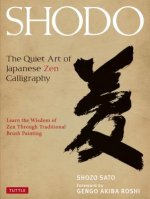
Shodo
28.91 € -19 % -
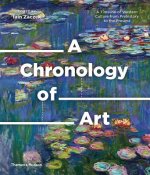
Chronology of Art
24.10 € -15 % -
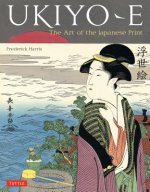
Ukiyo-e
28.70 € -20 % -
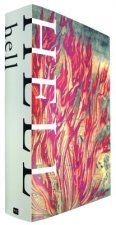
Hell in Japanese Art
53.84 € -28 % -
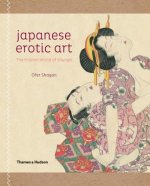
Japanese Erotic Art
90.11 € -
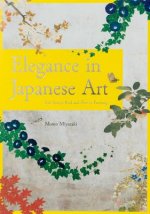
Elegance of Japanese Art
30.03 € -27 % -
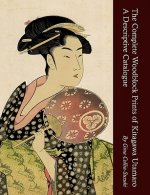
Complete Woodblock Prints of Kitagawa Utamaro
69.06 € -19 % -
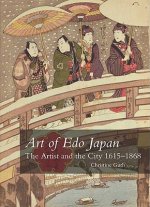
Art of Edo Japan
26.05 € -15 %
Osobný odber Bratislava a 2642 dalších
Copyright ©2008-24 najlacnejsie-knihy.sk Všetky práva vyhradenéSúkromieCookies


 21 miliónov titulov
21 miliónov titulov Vrátenie do mesiaca
Vrátenie do mesiaca 02/210 210 99 (8-15.30h)
02/210 210 99 (8-15.30h)